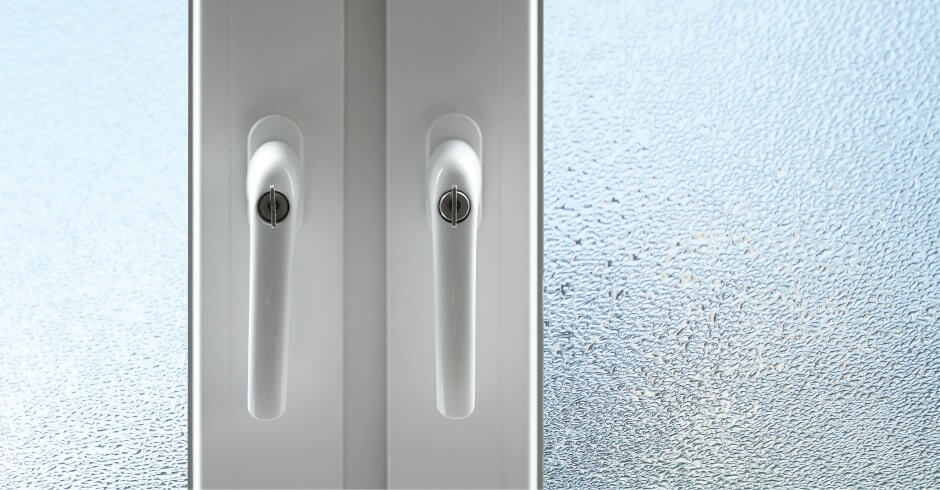Nobody wants damp in a property. Even condensation can be unhealthy and lead to black mould forming on walls, furniture or window frames. Condensation occurs when moist air comes into contact with cold surfaces although it can develop inside wardrobes or other places where the air is still (See our article on signs of damp).
While condensation is not usually a problem in the warmer months, humidity levels during winter are much higher. Here are just a few of the ways to reduce condensation in your property.
1. Limit moisture levels in the kitchen
Extractor fans or an open window are a great way to reduce moisture in a kitchen. You should do one or the other while cooking and ideally for 15 minutes afterwards. Put the lids on your pans where possible and remove surface moisture where it develops too.

Extractor fans are a great way to reduce condensation
2. Remove steam in the bathroom
It’s easy for bathrooms to get steamed up, especially at this time of the year. In much the same way as a kitchen, keep your extractor fan on or pop a window open slightly. Either will reduce the level of condensation in the room, caused by running warm water in a cool environment. Keep the door closed as well so the steam goes outside, rather than into colder rooms.
3. Keep bedroom wardrobes aired
Although condensation is usually associated with kitchens and bathrooms, bedrooms can also be a breeding ground. Overfilled wardrobes are a typical cause due to the lack of air. Also ensure there is space behind your bedroom furniture so air can circulate.

Keeping your wardrobe aired is another good way to reduce condensation
4. Drying Laundry
Where possible, try to dry clothes outdoors to prevent excess moisture escaping into your property. If a tumble drier is used then it should be ventilated to the exterior of the property.
5. Eliminate moisture in the air
Many newer homes already have extractor fans built in. However, if your kitchen, bathroom or utility room doesn’t have an extractor fan already, it’s worth investing in one. Of course, you can just open a window, but this isn’t always practical as you will be letting in cold air during the autumn and winter months, plus there are potential security issues. So, if you can afford to have an extractor fan installed, it is well worth it as a secure and cost-effective solution.
6. Make your home warmer
The colder the room in your property, the more likely it is to be affected by condensation. Where feasible, consider having your central heating on in all rooms even if it’s just for part of the day. Keeping all rooms regularly aired will also help keep your property free of condensation.
7. Insulate your home
As warmer properties suffer less from condensation, make sure yours is well insulated. This includes the loft space, cavity walls and windows. Secondary glazing is a good solution for drafty windows. As with surfaces, if your windows and sills are already affected by condensation, they should be wiped down, otherwise, you will have a build-up of moisture and black mould can develop, which is not good for your health.
For a more long-term option, damp proofing is the best solution. Traditional damp proofing creates a physical or chemical barrier between the ground and porous building materials. The Schrijver System, however, offers an alternative method relying on natural processes continuously working to reduce the overall moisture and humidity levels in your home.
For further information, contact us on 01689 800101 or email info@damp.co.uk

